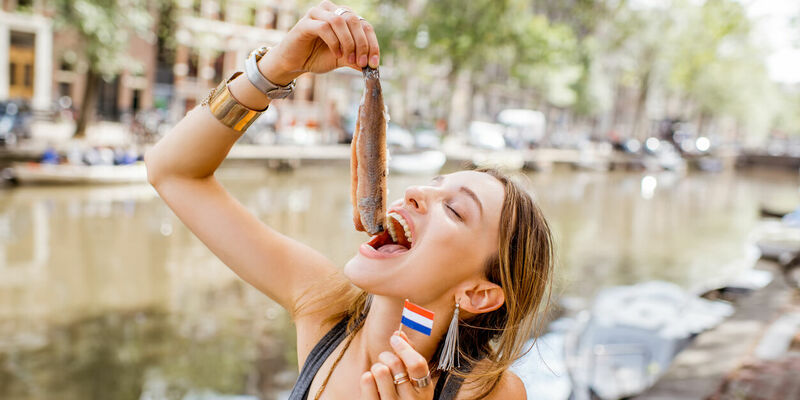
- Intro , Student
- 31/08/2023
New in the Netherlands: Dutch food
Coming from another country to study in the Netherlands, you'll be confronted with so much that's new to you. Not only your degree program but also a totally different culture with its own language and customs. With this series of articles about things that are typically Dutch, we'd like to help you settle into life in the Netherlands. This time we’ll serve you up some typical Dutch food items.
Fried snacks
“Het leven is bitter, het leven is zuur, maar alles smaakt beter uit de frituur” (Life is bitter, life is sour, but everything tastes better from the deep frier). This is the adage of quite a few Dutch people. The Dutch love their deep-fried snacks, so you’re never more than a few hundred yards away from a cafeteria. The most popular snacks include the ‘kroket’ (a soft ragout filling in a casing of crispy breadcrumbs), the ‘frikandel’ (a deep fried ground meat stick), the ‘kaassoufflé’ (a disk of deep fried cheese in puff pastry), and the ‘berenhap’ (a skewer of alternating slices of meatball and onion). Also very famous: the fully automatic ‘snack walls’ from which you can serve yourself a snack of your choice.
French fries
The Dutch are known as ‘kaaskoppen’ (cheese heads), but they also love their French fries; the average Dutch person eats about fifty servings of fries a year. Most people order a ‘frietje met’, i.e. fries with mayonnaise, but ‘patatje oorlog’ (fries with mayonnaise, peanut sauce and finely chopped onion), and fries with ‘joppiesaus’ (a yellow sauce containing curry powder and onion) can also be found at any self-respecting fry place.
Licorice
If there’s one food the expression “You love it or you hate it” applies to, it’s licorice, the black confectionary made from the juice extracted from the root of the licorice plant. As the ultimate licorice paradise, the Netherlands is full of addicts who always have a packet in their bag or car. And there’s an almost infinite number of varieties: there’s soft and hard, salty and sweet licorice, licorice laces, honey licorice, laurel licorice, and licorice allsorts. You can buy it from the supermarket, but it’s more fun to put your own mix together; almost every drugstore allows you to fill a bag of the black gold yourself. Most street markets have a candy stand where you can buy licorice and there are specialty candy stores that carry an extended range, such as Jamin.
Stroopwafels
You can find a wide range of cookies in the Netherlands, but without a doubt the most iconic one is the ‘stroopwafel’. This traditional cookie consists of two round, thin butter waffles with a fudgy caramel syrup filling. The tastiest stroopwafels are available from specialized market stalls, where the waffle cookies are prepared on giant waffle irons. When they’re still nice and warm they have a soft, almost liquid filling. If you buy them from the supermarket instead, do like the Dutchies do and put them on top of a hot cup of coffee or tea for a few minutes to warm them up.
Herring
A typical Dutch treat you can buy at the fishmonger’s or in the marketplace is the raw, salted herring with finely chopped onions, also known as ‘Hollandse Nieuwe’. The traditional way in which you eat herring is called ‘haring happen’. If you want to try this, take the fish by the tail, brush it through the chopped onions and bend over backwards a bit to be able to lower the herring into your mouth in one fluid motion. If you prefer something slightly less dramatic for your first time, why not practice with a ‘broodje haring’ – a cleaned herring in a soft brioche bun, with or without the chopped onions.
Pea soup
In the cold fall and winter months, you’ll find a big pot of pea soup on the stove of many a Dutch person. This traditional meal soup is richly filled with green peas, cubes of pork, bacon, potatoes and vegetables such as carrot, leek and celeriac. Many say that pea soup is best on the second day and should ideally be enjoyed with slivers of bacon on rye.
Stamppot
The most famous of all Dutch dishes must be ‘stamppot’. Although it’s not the most fancy one, let alone the most photogenic, do give it a chance as it tastes way better than it looks. At its best, stamppot is a silky mash of boiled potatoes and boiled or raw vegetables, butter, and milk. The most common kinds feature kale, escarole, and sauerkraut, but ‘hutspot’ – boiled potato, onion, and carrot mash – is also a true classic. Stamppot is traditionally served with smoked sausage and crispy bacon bits, but vegan alternatives are rapidly gaining popularity. A little bit of mustard and pickled onions (or other vegetables) on the side and you’re all set.
Poffertjes
This Dutch delicacy looks like very small pancakes, but the addition of yeast makes the dough rise and gives the little pancakes more volume. At the ‘poffertjes’ market stand, you get about ten to twelve of them in a little container, usually with some chunks of butter and a layer of powdered sugar. Want to make them yourself? Order a special poffertjes pan!
Hagelslag
In many countries, chocolate sprinkles (‘hagelslag’) are exclusively used to decorate cakes, but in the Netherlands it’s perfectly acceptable to fill your sandwiches with them on a daily basis. The sprinkles come in such varieties as milk and dark chocolate, extra-large, flakes, and fruit. A typical treat to celebrate the birth of a baby is ‘beschuit met muisjes’ – rusks sprinkled with sugared aniseed pips, which are white and either pink or baby blue for a girl or boy, respectively.
Tompouce
‘Tompouce’ is a typical Dutch pastry that is often brought out when celebrations are in order. King’s Day, for example, is one occasion where many Dutch people eat this treat, albeit the special orange version that is often adorned with little Dutch flags. The saccharine pastry consists of two layers of crispy puff pastry, custard and a pink sugary glaze. Famously tough to eat, strategies for tackling a tompouce range from first taking of the little ‘roof’ to putting the pastry on its side before taking a fork to it. Personal experience shows that it will end up being a messy affair either way, so don’t worry about it and just enjoy.
Pancakes
Pancakes are eaten in many countries, but only in the Netherlands they are loved to the point that almost every village has a pancake restaurant (‘pannenkoekenhuis’). You read that right: a restaurant that only serves pancakes. If you’re really crazy about them, why not head to Rotterdam to hop on a special boat for a river cruise and all-you can eat pancake buffet. The average Dutchie eats three to four pancakes a sitting, with sugar syrup – possibly combined with fried bacon and cheese – as their topping of choice.
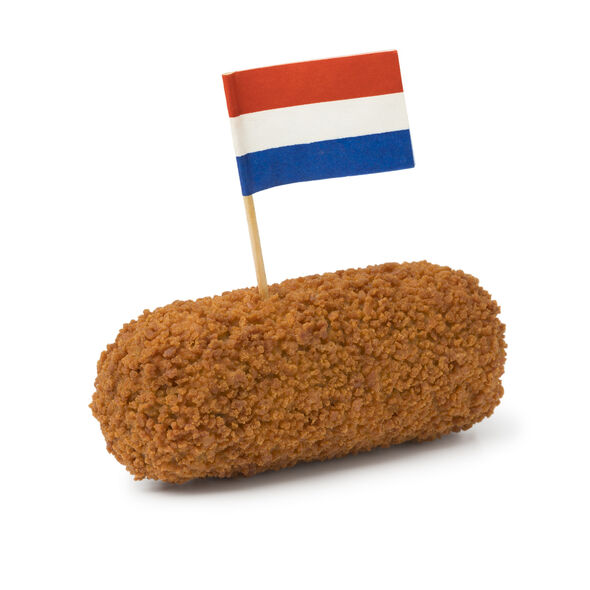
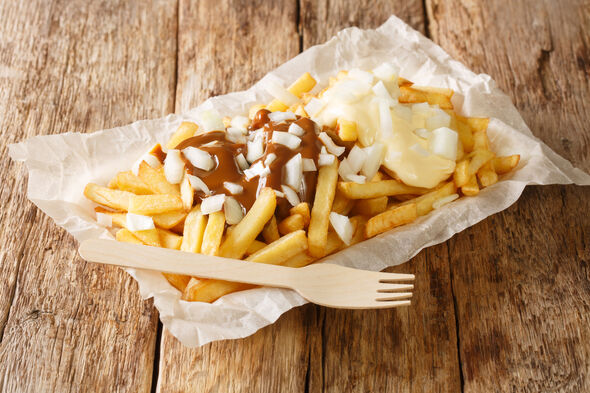
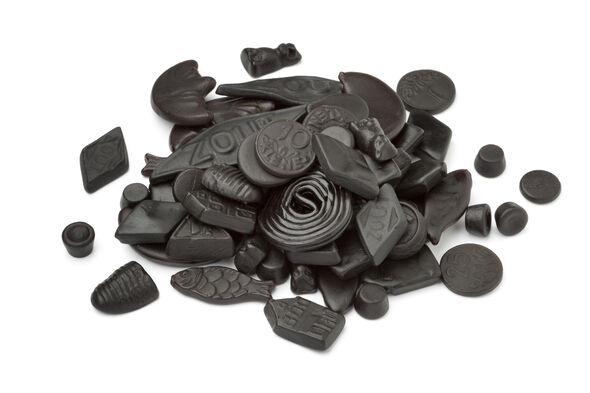
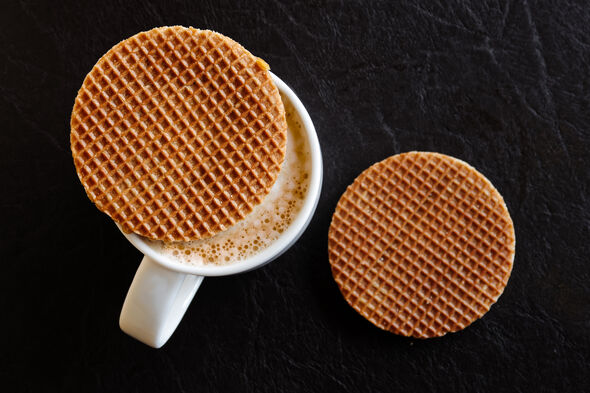
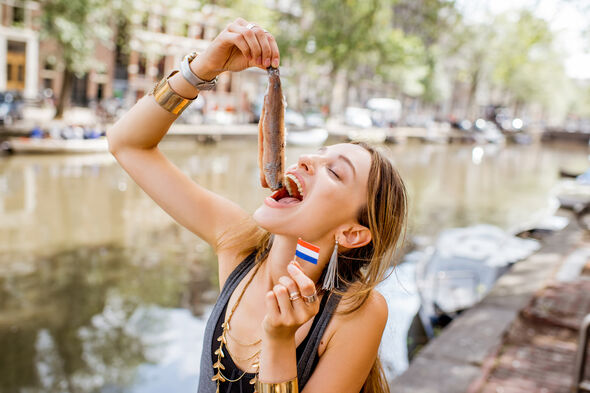
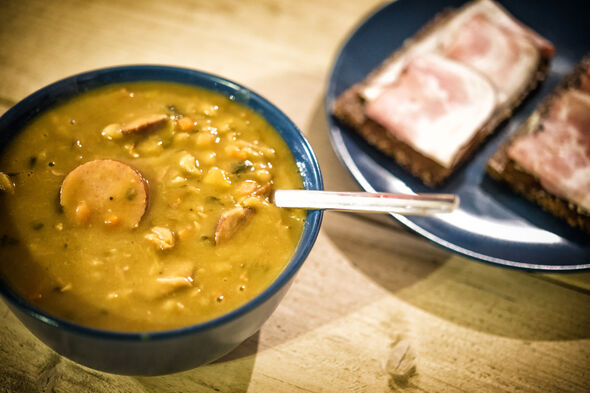
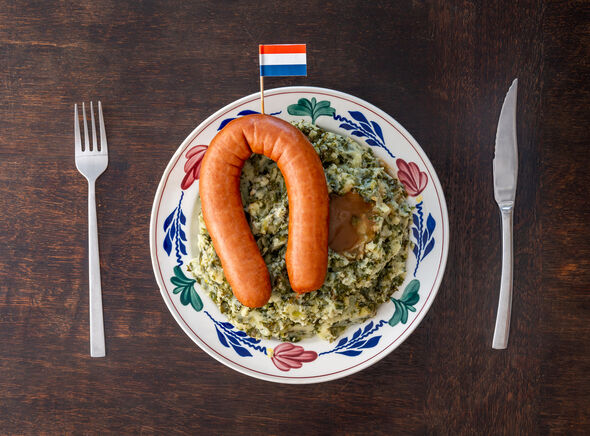
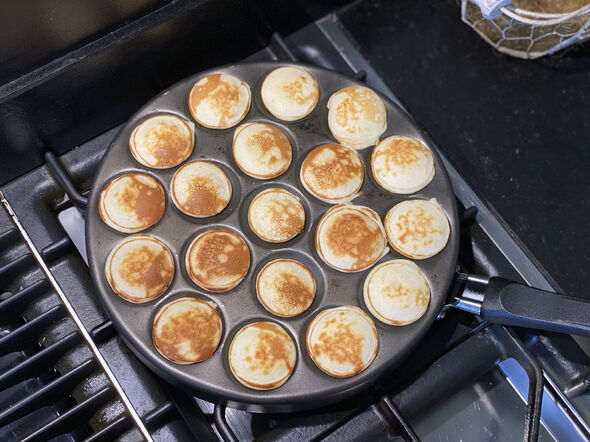
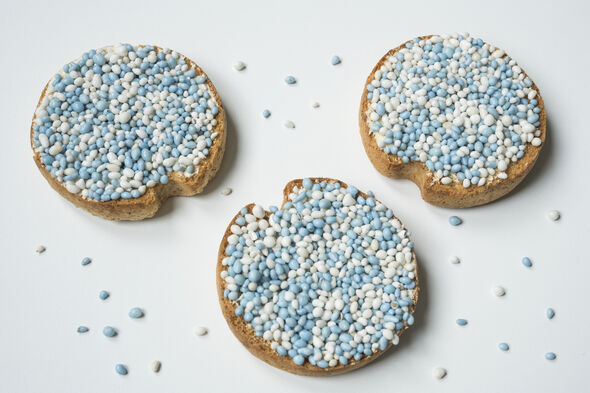
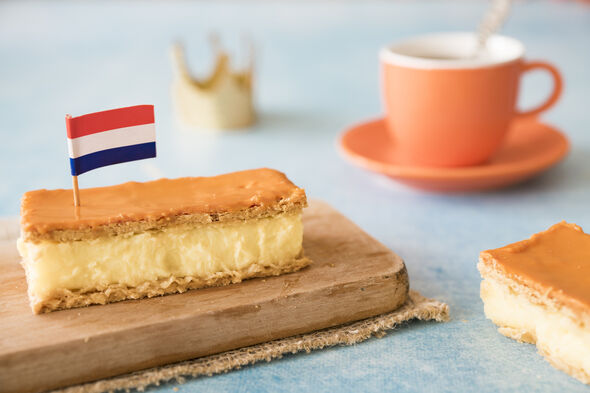
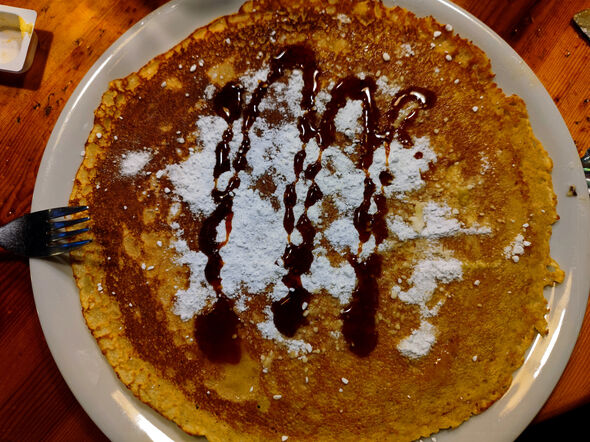
Discussion